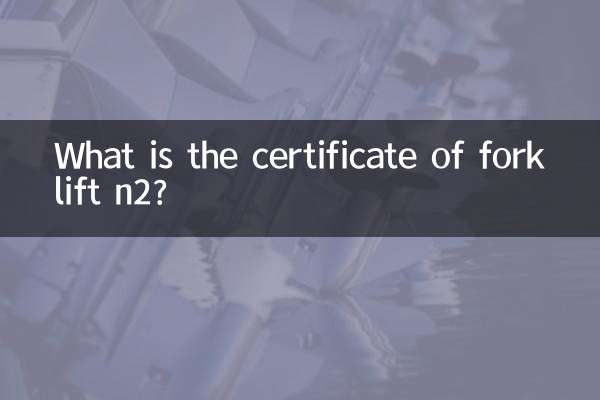What is the excavator chain rail?
In the field of construction machinery, the excavator chain rail is an important part of the excavator, which directly affects the excavator's movement performance and operating stability. In the past 10 days, there has been a lot of discussion on excavator chain rails across the Internet, especially in terms of its materials, maintenance, and market conditions. This article will conduct a detailed analysis around the definition, structure, materials, common problems and market data of excavator chain rails.
1. Definition and function of excavator chain rail

Excavator chain rails, also known as crawlers, are one of the core components of the excavator undercarriage system. It is composed of chain rail sections, track shoes, pins and other components. Its main function is to support the weight of the excavator and provide the traction required for movement. The durability and performance of the chain rail are directly related to the working efficiency and service life of the excavator.
2. Structure and material of excavator chain rail
Excavator chain rails usually consist of the following parts:
| Component name | Material | function |
|---|---|---|
| Chain rail section | alloy steel | Connect the track shoes to transmit power |
| Track shoes | High manganese steel or rubber | Provide grip and reduce ground damage |
| pin | quenched steel | Fixed chain rail sections ensure flexibility |
Chain rails of different materials are suitable for different working environments. For example, high manganese steel chain rails have strong wear resistance and are suitable for harsh environments such as mines; rubber tracks are suitable for urban construction to reduce damage to the road surface.
3. Common problems and solutions for excavator chain rails
In recent hot discussions, the wear and tear of excavator chain rails has attracted much attention. The following are common problems and solutions:
| question | Reason | solution |
|---|---|---|
| Chain rail wears too quickly | Poor operating environment or insufficient lubrication | Lubricate regularly and replace wear-resistant material chain rails |
| Track shoe broken | Material defects or overloaded work | Avoid overloading and choose high-quality track shoes |
| Loose pin | Long-term use without maintenance | Check and tighten pins regularly |
4. Analysis of excavator chain rail market conditions
According to the market data of the past 10 days, the price and demand of excavator chain rails show the following trends:
| Type | Average price (yuan/item) | Market demand trends |
|---|---|---|
| High manganese steel chain rail | 5000-8000 | Steady growth |
| Rubber tracks | 3000-5000 | rapid growth |
| Imported brand chain rail | 10000-15000 | slight decrease |
It can be seen from the data that rubber tracks are growing rapidly due to increased demands for environmental protection and urban construction, while high manganese steel chain rails still maintain stable demand in mining and other fields.
5. How to choose a suitable excavator chain rail
When choosing excavator chain rails, you need to comprehensively consider the operating environment, budget and brand reputation. Here are some suggestions:
1.working environment: High manganese steel chain rails are preferred in harsh environments, and rubber tracks are optional for urban construction.
2.budget: Domestic chain rails are cost-effective, while imported brands are suitable for high-demand working conditions.
3.Brand reputation: Choose brands with guaranteed quality and avoid buying inferior products at low prices.
6. Summary
As a key component of the excavator, the excavator chain rail's performance and quality directly affect the use of the equipment. Through the structured analysis of this article, we can have a clearer understanding of the composition, materials, common problems and market conditions of chain rails. Recent market trends show significant growth in demand for rubber tracks, while high manganese steel chain rails remain the first choice for mining operations. When choosing, users should balance performance and cost based on actual needs to ensure efficient operation of the excavator.

check the details

check the details